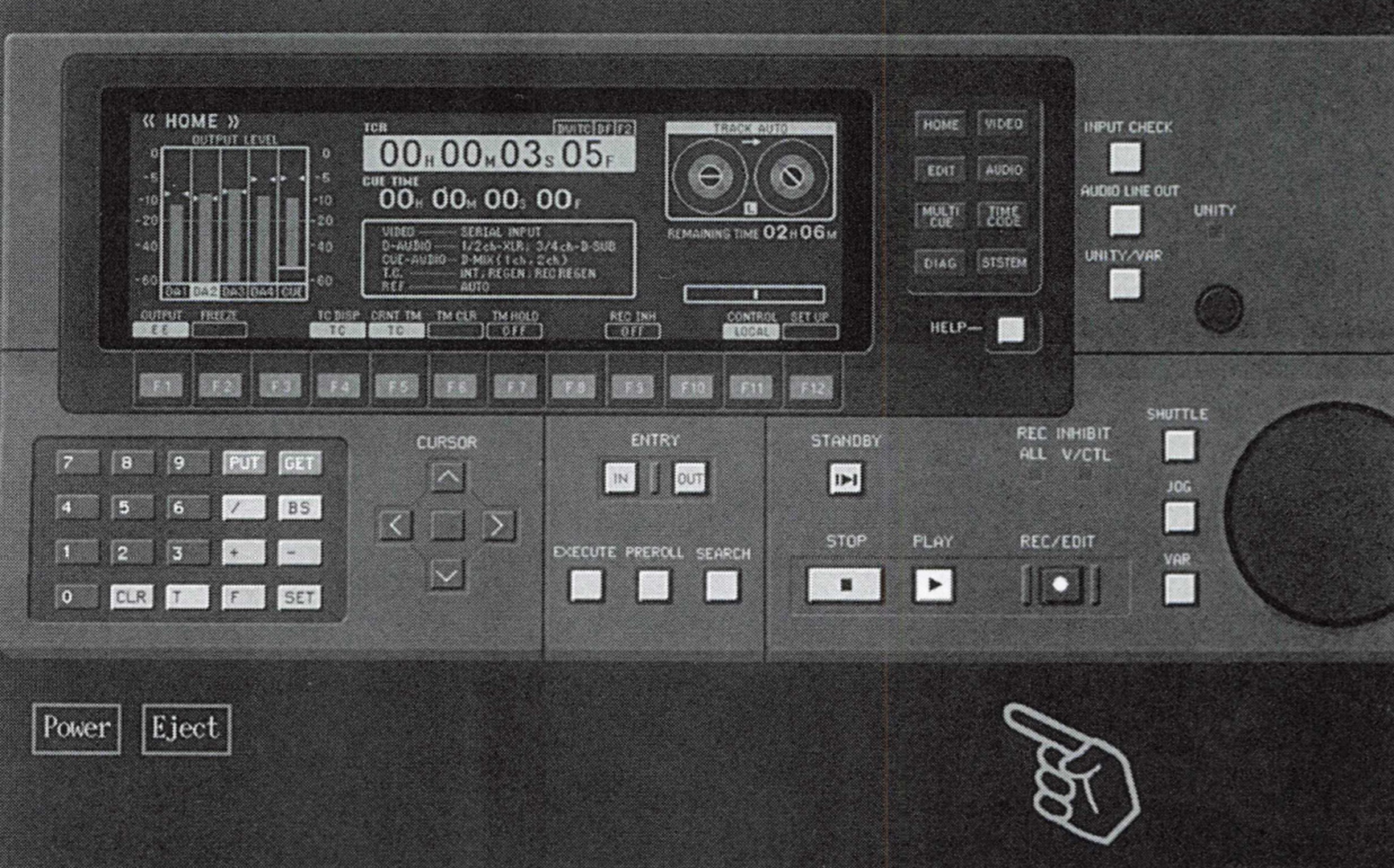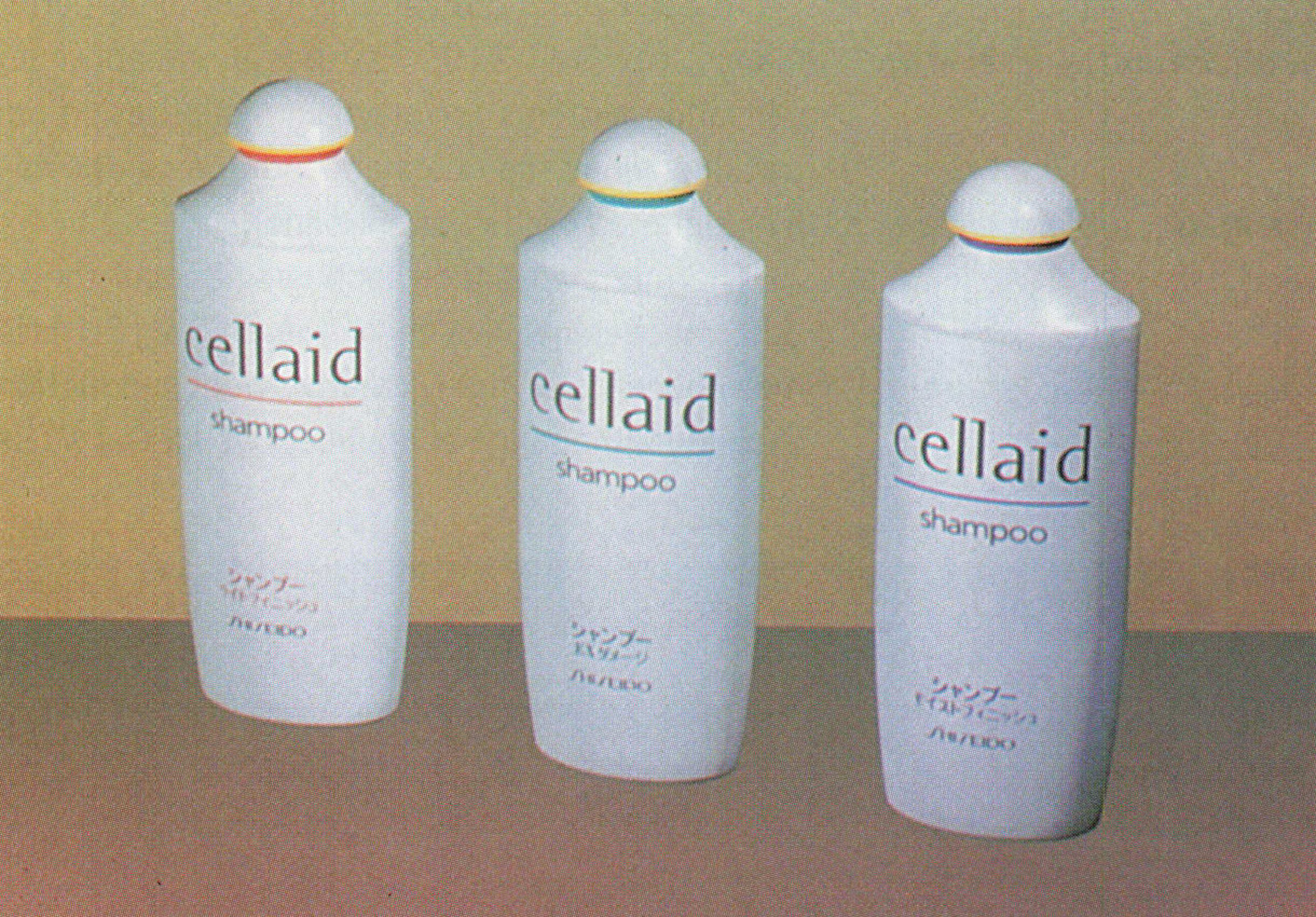“Computer Designics” by Ohira
Conference:
- SIGGRAPH 1993
-
More from SIGGRAPH 1993:


Type(s):
Entry Number: 13
Title:
- Computer Designics
Program Title:
- Designing Technology
Presenter(s):
Collaborator(s):
Description:
‘Computer Designics’ is a phrase coined to indicate a new design movement that aims at humanizing computer and information technology, and it is the basic subject of the Design Committee of NICOGRAPH. It means dealing with the expansion of design areas (the tangibles as well as the intangibles) and design processes (the flow from user’s requirements, through manufacturing, using, and discarding, to recycling) and the designer’s role by actively using computers and information technology.
Sharp Outline of its Design System
From the viewpoint that a CAD system is necessary for design work, Sharp has developed the unique MEIBUS (3D) and CAPGraph (2D) database systems, which encompass standard design knowledge and expertise. Experienced designers have participated in the development to incorporate the expertise of many designers into the database. As a result, these systems have been developed from the viewpoint of users.
Our designers examined shape design and text/ graphic design on a CAD system when designing the video camera recorder. The design mock-up was output by a NC machine tool installed in our design department, and a cut-and-try was done to examine the design. Three- and 2D data of the finalized design, the latter for text graphic design, were handed to the technical department for use in the technical design.
We use a CAD system to design internal printed circuit boards and metal molds. Designs of shapes, text graphics, metal molds, and circuit workboards are now made in an integrated manner using a CAD system.
Shiseido ‘Pack’ Design System
‘Pack’ is the system that provides the necessary users interface for package design such as
cosmetic bottles. This system was developed by Shiseido’s designers group so that the designers themselves can operate the system. ‘Pack’ has total functionality, ranging from modeling, simulating colors and materials, and rapid-prototype modeling. The development method of the system is also unique in that the designers and the system developers are members of the same division, and that the developers themselves have experience as designers. This makes it possible for the system developers to grasp the designers’ needs and reflect them smoothly and accurately in the system’s development.
‘Computer Designics’, Sony
Since the introduction of the world’s first D-1 Component Digital VTR, the DVR-1000/DVPC- 1000 Sony D-1 VTRs have earned a well-deserved reputation for excellence in component digital signal recording. Component digital recording is now playing an increasingly important role in editing, complex picture manipulation, and archiving of film-based programming by overcoming the performance limitations of analog VTRs.
Sony has met the challenge of developing the technologies that are necessary to provide users with even more advanced digital performance and has now introduced its second-generation D-1 VTRs: the DVR-2100 and 2000.
Thanks to a new Dynamic Tracking technique, developed exclusively for the D-1 format, the DV-2100 is capable of broadcast-quality playback speeds over the range of -1 to +2 times normal speed. Furthermore, Sony’s advanced semiconductor technology in devices such as VLSI and Gate Array Circuits results in the compact size and light weight of the DVR-2100, which is of single crate construction.
To integrate the VTR effectively into component digital systems, component digital 1/0 ports are fitted to the DVR-2100 as standard. To work in an analog environment, optional video and audio AID and D/A converters are also available. The DVR-2100 accepts the three sizes of cassettes (S, M, and U, with a maximum recording time of six minutes for S-size, 34 minutes for M-size, and 94 minutes for L-size.
To achieve its outstanding operational performance, the DVR-2100 features automatic compensation systems for playback equalization and tracking, while the channel condition can be easily monitored on its control panel.
The many advanced technologies and the robust mechanical design of the DVR-2100 offer many benefits in highly creative video production, expanding the range of applications for D-1 VTRs.
Additional Images:






